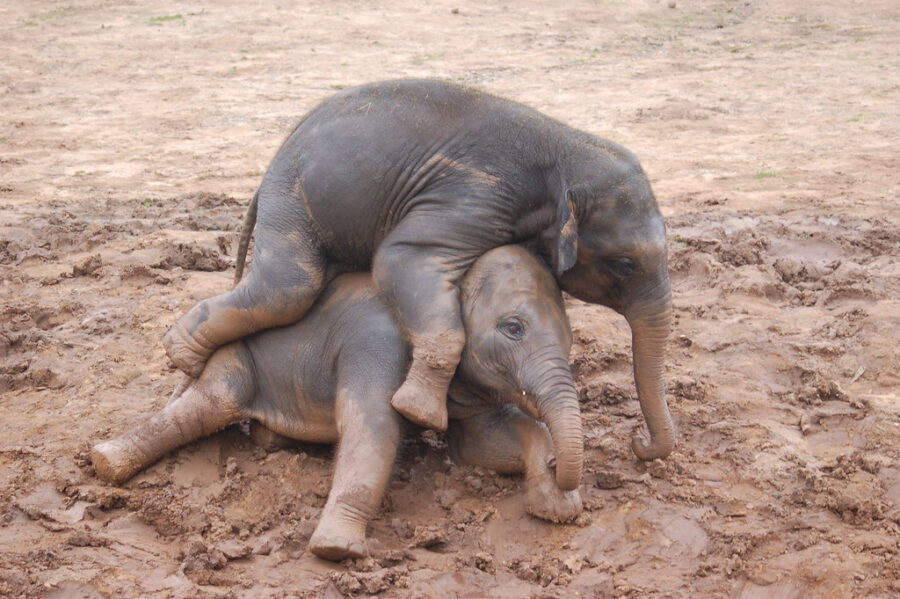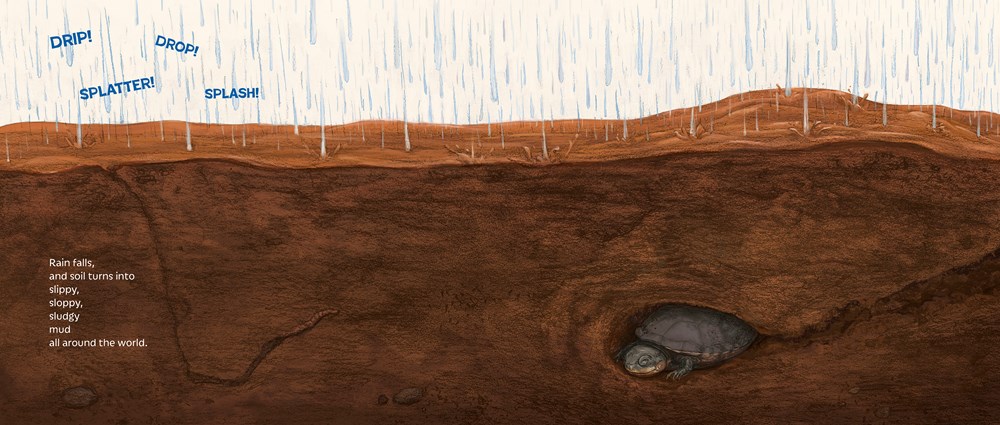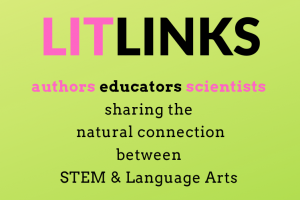GUEST BLOGGER TANYA KONERMAN
When sharing ideas about a nature-related topic through writing, it’s easy for students to get caught up in rote facts. But nature is about more than just facts…it’s also about how it makes us feel. Writers of all ages can use free verse poetry as a conduit for sharing both facts and feelings about our natural world—allowing that writing to be more powerful, creative, and—for certain topics—change-making.
“By introducing children to nature poetry, we’re doing more than just teaching them about literature or science. We’re helping them develop a personal, emotional connection to the natural world. This connection is crucial in fostering environmental stewardship and raising a generation that cares deeply about protecting our planet.”
–Kenn Nesbitt, former U.S. Children’s Poet Laureate
What is free verse poetry?
Free verse poetry involves varied lines of poetry that are written without set rules of rhyme or rhythm. In free verse:
- Author create their own rules based on their thoughts, internal sense of cadence, a sense of how they want the poem to look on the page, and how they want the poem to “feel” to readers as they read it.
- Lines can be longer or shorter within the poem, to affect emphasis, pauses, sense of rhythm or tone, or speed of reading.
- Punctuation is often loose or creative; lines don’t necessarily end in periods. White space and line breaks on the page are often used as an additional layer of communication: to build suspense, create a visual effect, place emphasis on words or phrases, to convey an important message or emotion, or for other reasons.
- The writer often uses imagery or figurative language such as similes and metaphors.
- The writer uses Observational Poetry, not Reflective Poetry. What is the difference? Reflective poetry expresses thoughts and emotions that have been experienced, based on reflecting about them. Observational poetry, on the other hand, inspires thoughts and emotions about an event, topic, or idea, even if the author does not have direct experience with it. Example from Mud to the Rescue!:
Put it in practice: Step 1
To help students write their own free verse poetry about a nature topic, first read Mud to the Rescue! How Animals Use Mud to Thrive and Survive to your class (or have them read it themselves or out loud). Be sure to allow the line breaks, spacing, rhythm, and feeling to show through in your reading.
Put it in practice: Step 2
Ask students the following questions:
- What do you notice about words the author uses? Which are your favorites?
- Does anything repeat in the story?
- Do the lines rhyme?
- What do you notice about the lines of each poem? Are they all the same length or different?
- Do any words next to each other in the story start with the same letters or sounds? Does this make them more fun to say out loud?
- Can you give an example from the book where the author makes you feel something?
- Which of the five senses (sight, sound, touch, taste, smell) do you think the author uses in the story? Can you give two examples?
- What message do you think the author wants to express about mud?
Put it in practice: Step 3
Have your students give free verse a try. Instruct them to:
- Choose an animal or other nature topic to write about.
- Brainstorm words related to this animal or topic. Think about the habitat, size, features, issues faced/problems, and other associated ideas.
- What do you think is important to say about this animal or topic? Is there an emotion you want to communicate?
- Write a free verse poem using some of the words on your list, in your own style and rhythm, and using the five senses to express your ideas.
- Optional: have students illustrate their poem as well.
For more ideas on using Mud to the Rescue in your classroom, visit the Web of Life webpage and click on the Educators tab.
Featured image credit: “Play Time” by Andrew Pescod is licensed under CC BY-NC-SA 2.0..
Tanya Konerman is a children’s author, writing fiction and nonfiction in prose and verse. She is fascinated by—and in awe of—our natural world, including all the amazing creatures who use mud every day. Mud to the Rescue! is Tanya’s debut picture book. Tanya lives in Bloomington, Indiana, with her family. For more information, visit TanyaKonerman.com or find her on: Facebook: @TanyaCoatsKonerman and @authorTanyaCoatsKonerman; BlueSky: @tanyakonerman.bsky.social; Instagram: @tanyakonerman














Leave a Reply
Your email is safe with me.